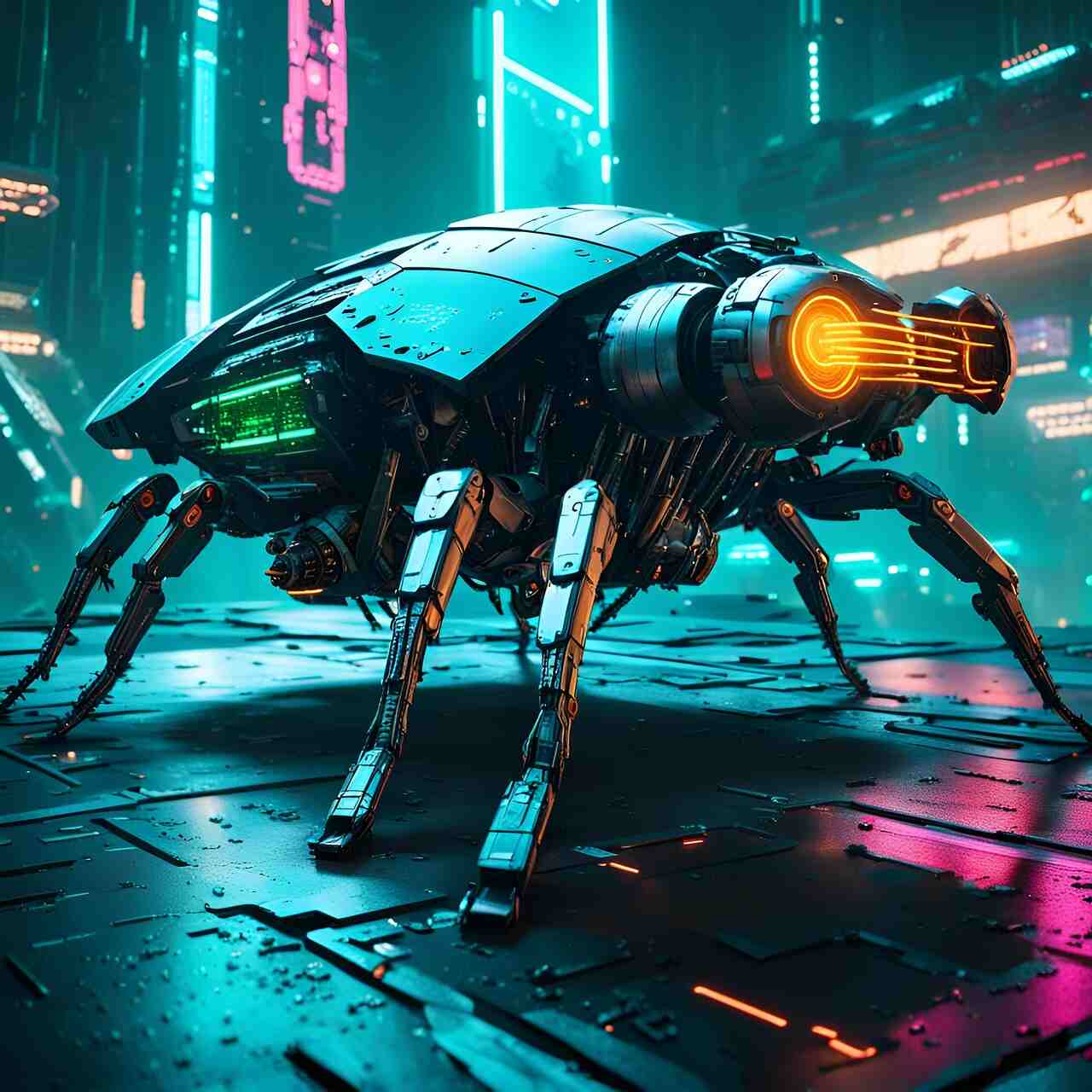Are AI Detectors Accurate? A Friendly Guide You Can Trust

Artificial Intelligence (AI) has changed how we create content — from writing blog posts to generating marketing copy, essays, and even poetry. But as AI-generated text becomes more sophisticated, schools, businesses, and publishers are turning to AI detectors to spot machine-written content.
This raises an important question: Are AI detectors accurate?
The short answer is — not always. Let’s break this down in a simple, friendly way so you can fully understand how they work, where they shine, and where they fail.
What Are AI Detectors?
An AI detector (sometimes called an AI content checker or GPT detector) is a tool that scans text and estimates whether it was written by a human or generated by AI, like ChatGPT, Claude, or Gemini.
They look for patterns in writing, such as:
Predictable word choices
Overly consistent sentence structure
Repetitive vocabulary
Lack of personal anecdotes or emotional depth
In other words, AI detection tools try to “read between the lines” to see if a machine might be behind the words.
How Do AI Detection Tools Work?
Most AI content detection tools rely on:
Statistical Analysis – Checking how likely certain words appear together.
Perplexity Scores – Measuring how “surprising” the text is. Human writing tends to have more variety, while AI text can feel too “smooth.”
Burstiness – Looking at sentence length variation. Humans mix short and long sentences naturally; AI often keeps them balanced.
Popular AI detectors include:
Originality.ai
GPTZero
Copyleaks AI Detector
Writer.com AI Content Checker
These tools are improving, but they’re far from perfect.
Are AI Detectors 100% Accurate?
No — and that’s the tricky part.
While AI detectors can sometimes spot obvious machine-written text, they also produce false positives (marking human writing as AI) and false negatives (missing AI-generated text).
For example:
A perfectly polished essay by a skilled human writer may be flagged as AI.
AI-generated content that’s been edited heavily by a human might pass as “human-written.”
Studies have shown that even the best AI plagiarism checkers struggle with accuracy rates above 80%. That means 1 in 5 times, the result could be wrong.
Why AI Detectors Can Be Wrong
Here are the main reasons AI content detection accuracy is unreliable:
1. AI Writing is Getting Smarter
Modern AI models like GPT-4 and Claude 3 produce text that’s nearly indistinguishable from human writing. This makes detection much harder.
2. False Positives in AI Detection
Students, journalists, or bloggers have had their original work wrongly flagged. This can be stressful — especially in academic or professional settings.
3. Human Editing Changes Everything
If someone uses AI to create a draft and then rewrites sections, the text might bypass AI detection completely.
4. Bias in AI Content Detection
Some tools are more likely to flag text written by non-native English speakers as AI-generated because of predictable grammar patterns.
Real-Life Example:
Imagine a university student writes an essay entirely by themselves. They run it through an AI content checker, and it says “90% AI-generated.” The student knows it’s wrong, but now they have to defend their work.
On the other hand, someone could generate an AI-written blog post, tweak a few sentences, and the GPT detector might label it “100% human-written.”
This shows why AI writing detection is not foolproof.
Limitations of AI Detectors
While these tools can be helpful, here are their key limitations:
Over-Reliance on Probabilities – AI detectors don’t “know” if text is AI-written; they just guess based on patterns.
Different Models, Different Results – One AI detector might say “AI-generated,” while another says “human-written.”
Updates in AI Models – Every time AI writing tools improve, AI detectors have to play catch-up.
Can AI Detectors Be Trusted?
They can be useful as a guide, but not as final proof.
Think of them like a metal detector at the beach — it can tell you there might be something under the sand, but it can’t guarantee whether it’s a coin, a bottle cap, or just a rock.
If you’re using AI detection tools:
Use more than one tool for cross-checking.
Consider context — is the writing style unusual for the writer?
Don’t treat results as absolute truth — they’re just indicators.
How to Improve AI Detection Accuracy
If you’re a teacher, editor, or content reviewer, here’s how to make the most of these tools:
Combine AI detection with plagiarism checking – This helps catch direct copying plus potential AI use.
Look at writing style changes – Sudden shifts in tone or vocabulary could hint at AI involvement.
Ask for drafts – Seeing the writing process helps confirm authenticity.
The Future of AI Writing Detection
As AI evolves, so will AI detectors — but it will always be a cat-and-mouse game.
Upcoming AI plagiarism checkers may start analyzing:
Writing habits over time (for individual authors)
Fact accuracy (since AI sometimes “hallucinates”)
Metadata in documents (timestamps, keystroke logs)
But one thing is clear: No AI detector will ever be perfect because human writing is unpredictable — and AI writing is getting more human every day.
Final Thoughts
Are AI detectors accurate? Not entirely. They can give useful hints, but they’re not 100% reliable. False positives, missed AI content, and bias are still big challenges.
If you’re worried about being falsely flagged:
Keep drafts and notes as proof of your writing process.
Add personal touches and unique experiences in your writing — AI can’t replicate your life story.
And if you’re using AI content detection tools:
Treat them as one piece of evidence, not the final judgment.
At the end of the day, the best detector of AI content is still a well-trained human reader who understands writing styles, context, and common AI patterns.
Contact Detail
- hurainnadeem47@gmail.com
- +92 312 - 2165602
© 2025 Created with Hurain Nadeem


